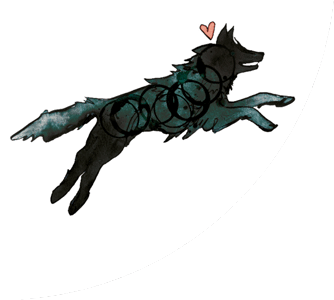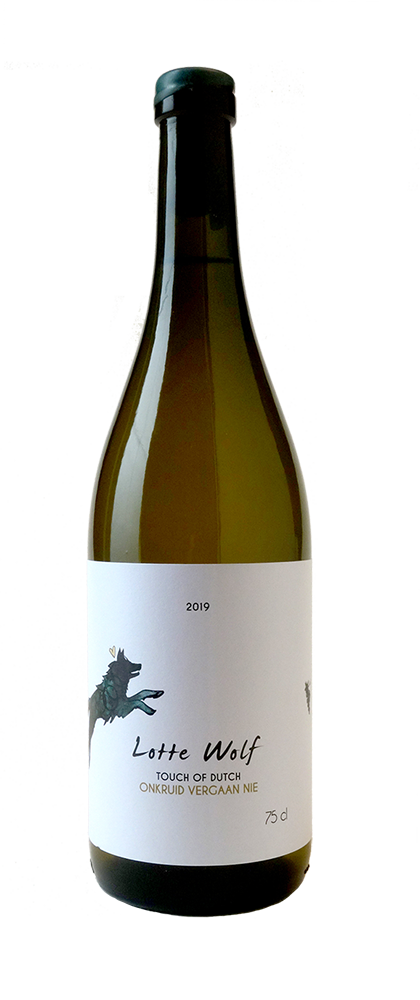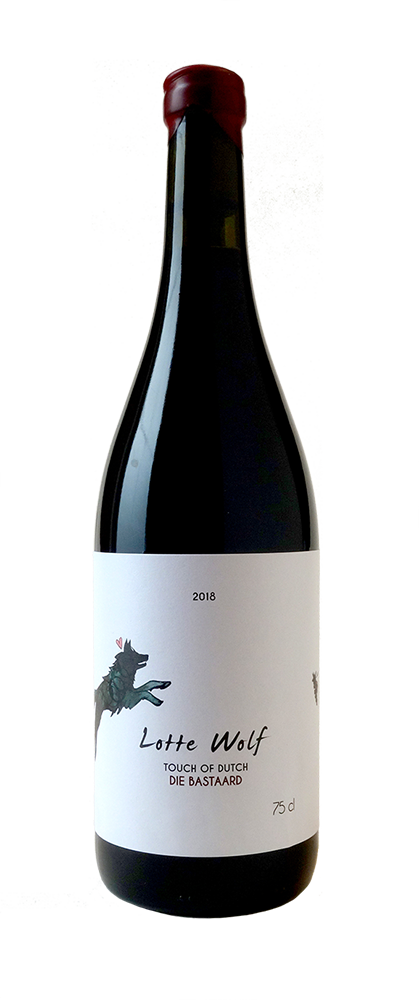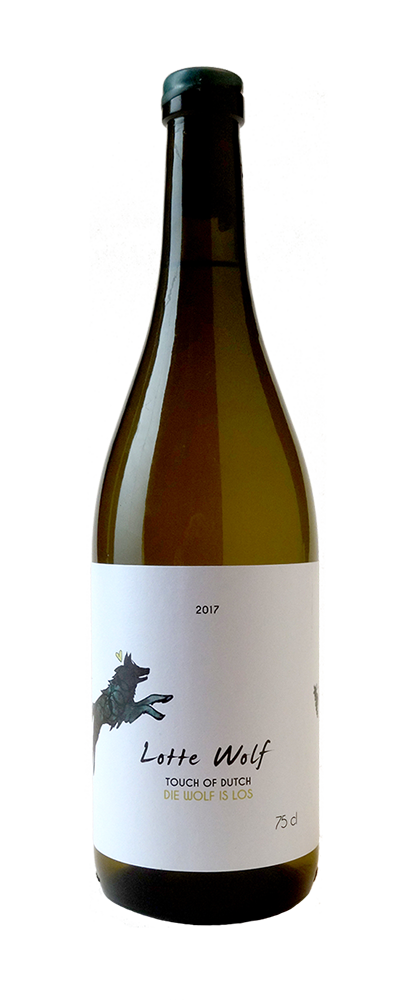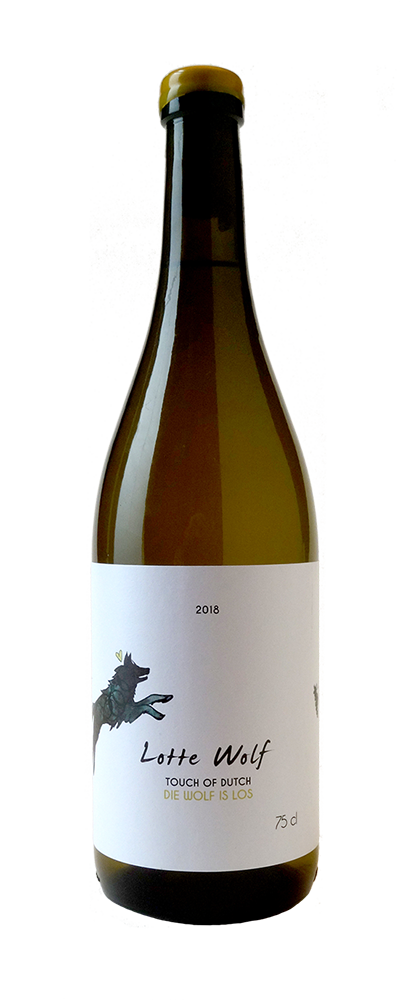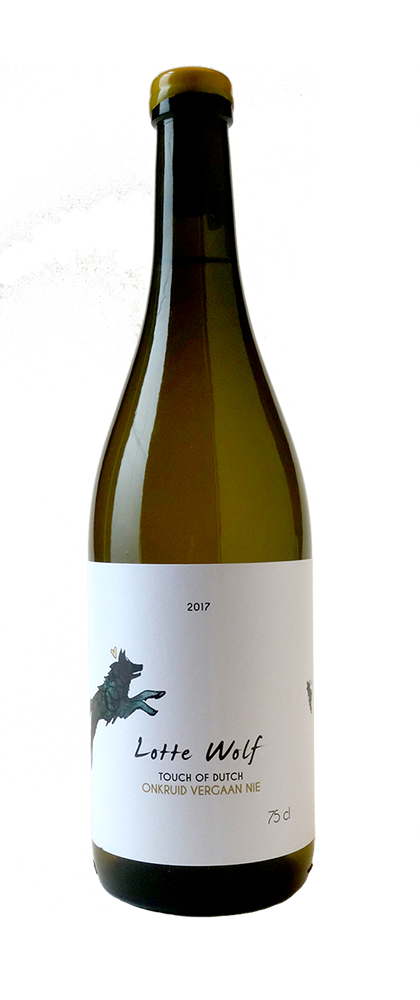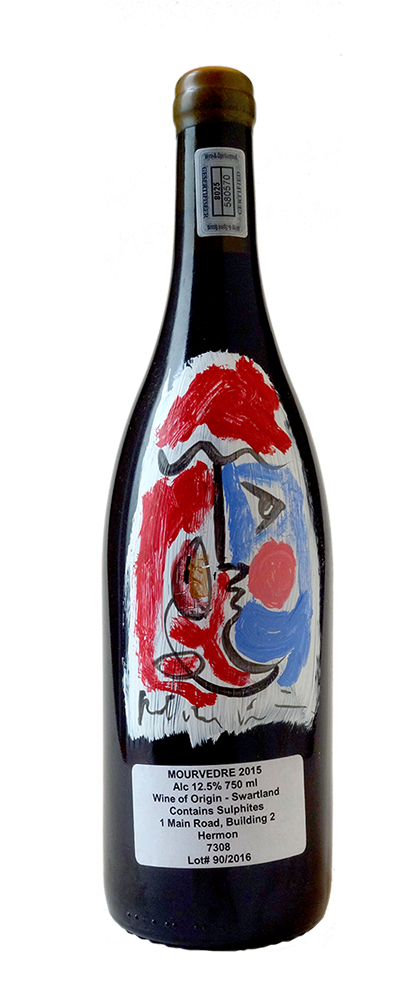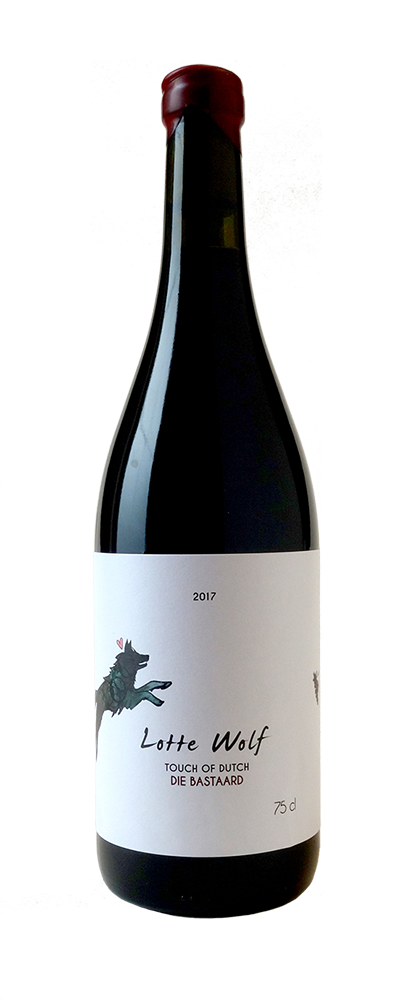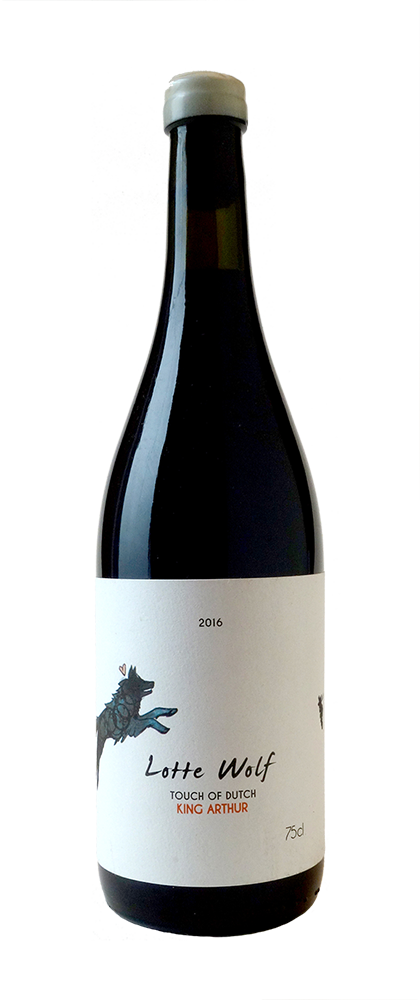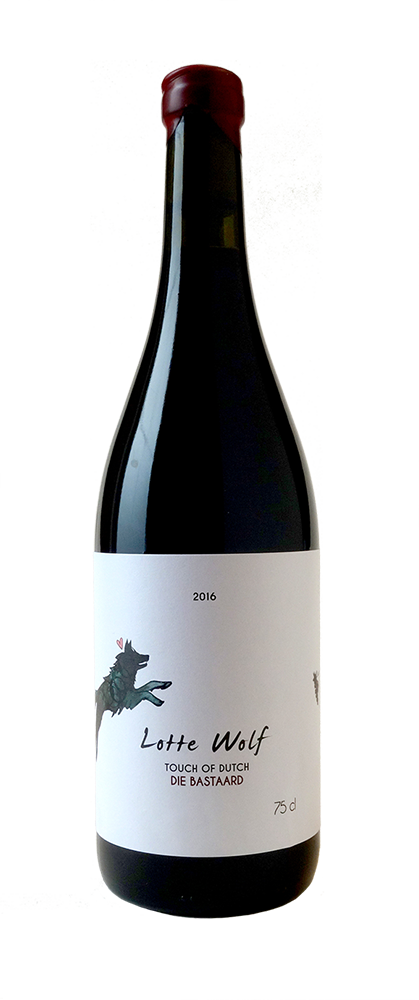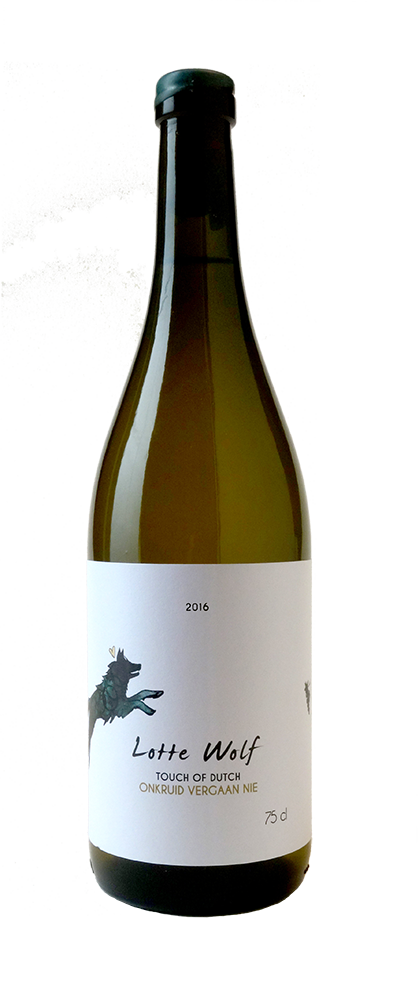| Origin | South Africa, Swartland |
| Grape variety(s) | Semillon |
| Flavor Type | Aromatic |
| Alcohol percentage | 12.5% |
| serving temperature | 14-16°C |
| Retention period | Up to eight years after harvest |
| availabilty | available |
Story
A first: the first wine made by friends and family, in memory of Lotte. A special vintage, made with tears of love.
Golden yellow color with a slightly green edge. On the nose, a green touch is evident but also a lot of fruit. The wood aging is well woven into the flavor. Wine with a lot of tension that clearly benefits from decanting.
Vineyard
All grapes come from one vineyard located in one of the coves of Horse Mountain. The vineyard was planted in 1997 and all grapes are Gobelet pruned. There is no irrigation. From 2014, organic work has been done in the vineyard and no chemicals are used. The soil consists mainly of weathered granite and the vineyard has a slope towards the southwest.
Vinification
The grapes were harvested earlier from previous years, in early February 2019. After picking, the grapes fermented on their skins in large open fermenters. Hands were used to push down the cap of the wine twice daily to ensure that the skins would not become dry. After about 4 days of skin-contact, the grapes were pressed using a Basket Press. After pressing, the wine aged for about 24 months in older oak barrels.
The wine is not clarified and not filtered.
Wood education
The wine was raised for about 24 months in used oak barrels.
To order

